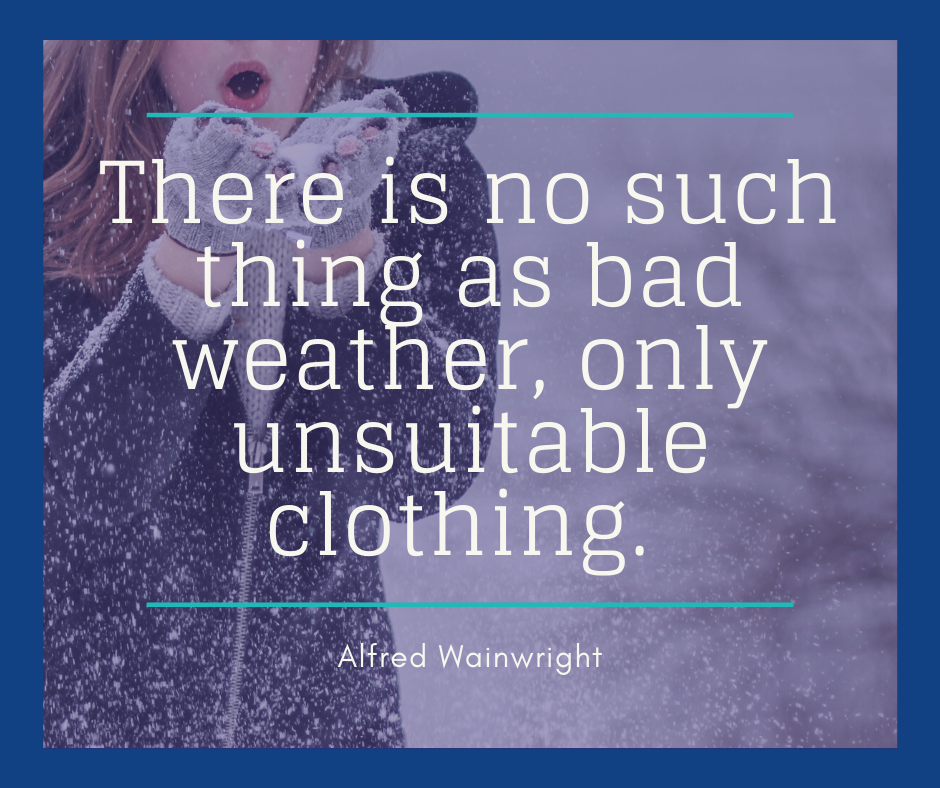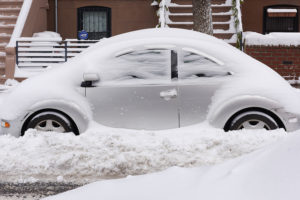 Cold weather can bring a new set of driving challenges, especially if you are not from a climate where you have experience with these conditions. Driving in the snow and ice can be a challenge even for experienced drivers. If you don’t have to go out in bad weather, stay home. If you do have to go out, here are some tips. More information can be found on the AAA website.
Cold weather can bring a new set of driving challenges, especially if you are not from a climate where you have experience with these conditions. Driving in the snow and ice can be a challenge even for experienced drivers. If you don’t have to go out in bad weather, stay home. If you do have to go out, here are some tips. More information can be found on the AAA website.
Top 10 Winter Driving Tips
- Bulky coats and snowsuits should not be worn underneath the harness (straps) of a car seat. Check out information here and discuss with your host parents.
- Keep cold-weather supplies in your car, such as a blanket, a flashlight, window ice scraper, snacks and water.
- Make certain your tires are properly inflated and have plenty of tread.
- Keep at least half a tank of fuel in your vehicle at all times.
- Never warm up a vehicle in an enclosed area, such as a garage.
- Avoid sudden moves, accelerate and decelerate slowly.
- Don’t stop going up a hill.
- Increase the following distance between you and the car ahead of you.
- Know your brakes. Test out how they perform on slippery surfaces in a safe place where there are no other cars parked close to you.
- Leave early to give yourself extra time and drive slowly.
Even better… If you don’t have to go out driving in snow and ice, stay home.
This short video has some great information.
Photo: Steve Pisano (Flickr)



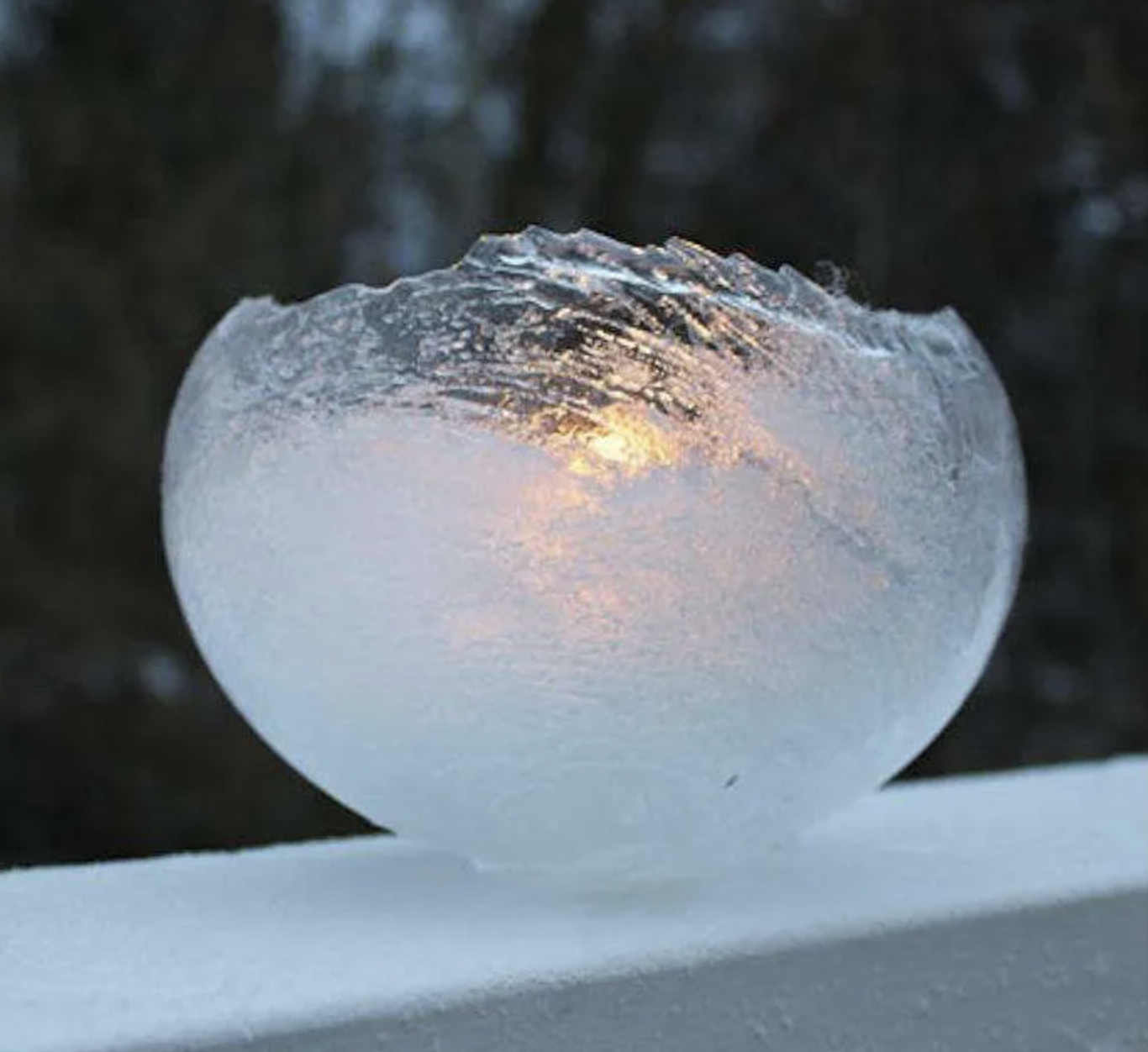
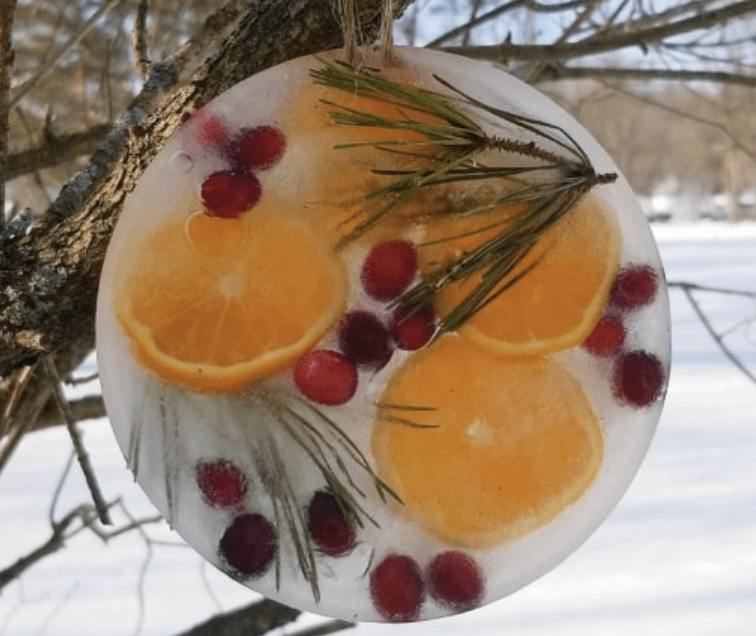

 Trying out winter sports like ice skating, skiing, and snowboarding can be very exciting, especially if this is your first time experiencing winter weather. However, you should also know the risks and be prepared.
Trying out winter sports like ice skating, skiing, and snowboarding can be very exciting, especially if this is your first time experiencing winter weather. However, you should also know the risks and be prepared.
 Having a car accident is a very upsetting, stressful situation. Being prepared and knowing what to do can make things a little bit easier. Make sure you know which host parent to call in case of an accident.
Having a car accident is a very upsetting, stressful situation. Being prepared and knowing what to do can make things a little bit easier. Make sure you know which host parent to call in case of an accident.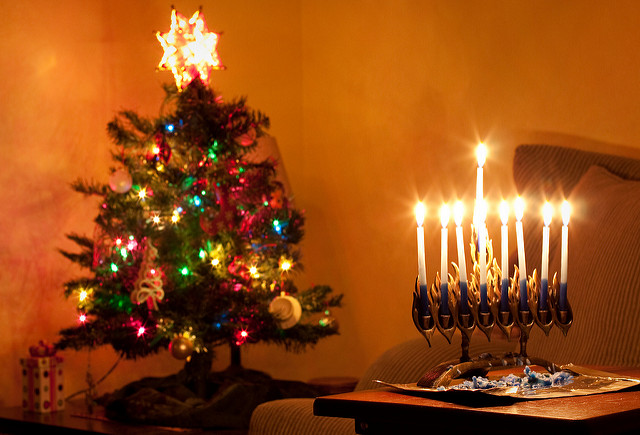 The fall/winter holiday season is most often a time of joy and excitement. However, it can also be a time of stress and disappointment for both host families and au pairs. The pandemic will add its own complexities to the holiday season.
The fall/winter holiday season is most often a time of joy and excitement. However, it can also be a time of stress and disappointment for both host families and au pairs. The pandemic will add its own complexities to the holiday season. It was great to see so many of you at our Pumpkin Patch Host Family & Au Pair Meeting on Sunday!
It was great to see so many of you at our Pumpkin Patch Host Family & Au Pair Meeting on Sunday!